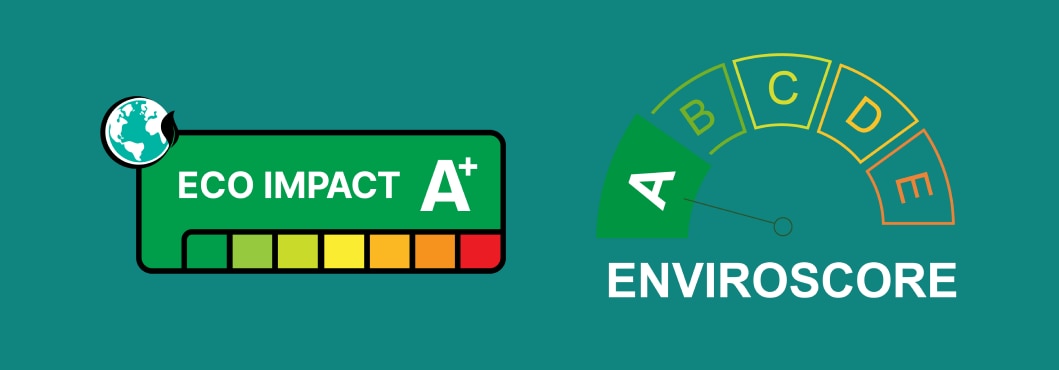Carbon Pricing
Carbon pricing will encourage polluters to cut their emissions and to invest in low-carbon alternatives.
Our de-carbonization cost curve shows the path to Net Zero for key carbon-emitting sectors. The speed of de-carbonization in each carbon-emitting sector largely depends on the current carbon abatement cost and how ready clean technologies are in that industry.
De-carbonization is cheaper in power generation, a sector where costs have fallen rapidly over the past decade, as well as in agriculture, where better crop management practices can reduce emissions.
A carbon price of $43 per ton of CO2 would incentivize the removal of 50% of carbon emissions from the global economy.
As we go up the cost curve, it becomes increasingly expensive to remove carbon emissions from sectors such as heavy industry and transportation including aviation, shipping, and rural road transport.
At the far end of the cost curve sit the carbon emissions that cannot be abated at any reasonable cost with current technology. These emissions represent about 15% of total anthropogenic emissions.
Our de-carbonization cost curve shows that higher carbon prices will be needed to achieve Net Zero. To get polluters to adapt, it must become more expensive to generate greenhouse gases than to invest in new solutions.
Power Generation
Transport
Industry
Buildings
Agriculture
Non-Abatable with Current Technology
